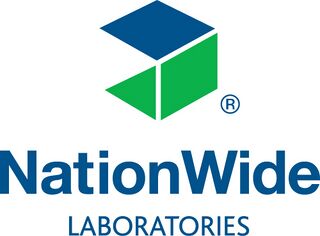Difference between revisions of "Creatinine Clinical Chemistry"
Fiorecastro (talk | contribs) (Created page with "right|link=https://www.nwlabs.co.uk/|alt=NationWide Logo|320x320px|framelessCreatinine is produced at a steady rate due to muscle catabolism and...") |
|||
| Line 30: | Line 30: | ||
== Authors & References == | == Authors & References == | ||
[[NationWide Laboratories]] | [[NationWide Laboratories]] | ||
| + | [[Category:Clinical Chemistry]] | ||
Revision as of 15:38, 28 April 2022
Creatinine is produced at a steady rate due to muscle catabolism and is not reabsorbed by the kidney tubules after filtration. It’s measurement provides an indirect assessment of
the glomerular filtration rate (GFR). The relationship between the GFR and creatinine excretion is not linear; with creatinine levels of less than 180μmol/l (in the dog) there may actually be up to three quarters of the nephrons lost, thereafter even small further losses may result in substantial increases in creatinine levels. Unlike urea it is not markedly affected by any aspect of liver function or diet therefore the test is more specific for renal dysfunction.
Decreased levels of creatinine are infrequently encountered but may be associated with severe muscle wasting, and pregnancy (where increased cardiac output leads to increased GFR and creatinine clearance).
Small animals
Causes of increased creatinine
- Renal, pre renal and post renal azotaemia (see urea)
- Acute myositis or muscle trauma (with normal renal function the creatinine should be rapidly cleared from the circulation)
Complementary tests
GFR, SDMA, urea, phosphorus and urine specific gravity, which is essential when trying to differentiate renal and pre-renal causes (see urea).
Please visit www.nwlabs.co.uk or see our current price list for more information
Equine
Urea levels are influenced to a large extent by diet in horses making creatinine a more suitable guide to the GFR.
Causes of increased creatinine
- Renal, pre renal and post renal azotaemia (see urea)
- Newborn foals in first 12 hours of life falling to adult levels by 1-4 weeks of age
Complementary tests
Urea, phosphorus, urine SG and urine clearance ratios.
